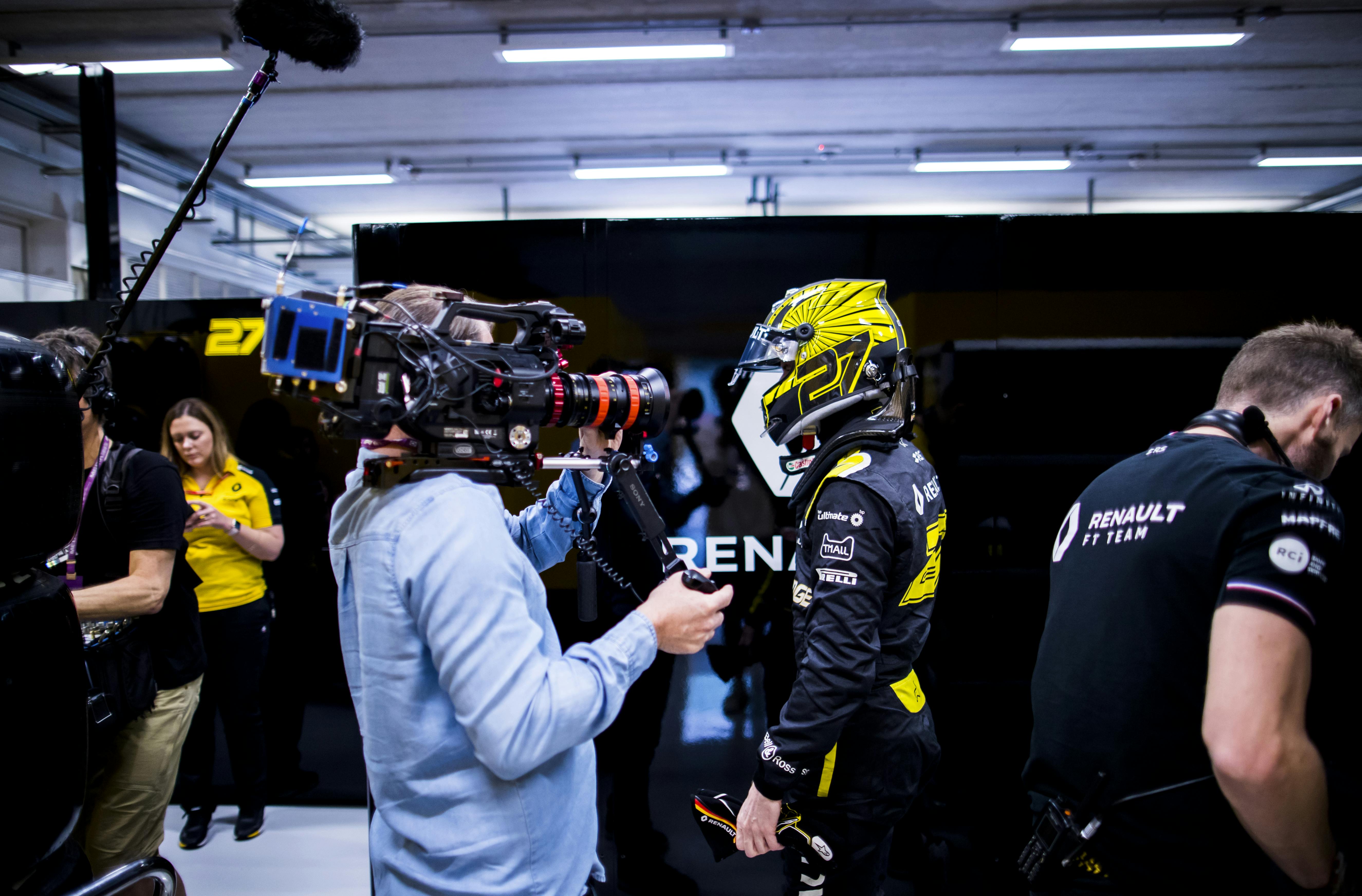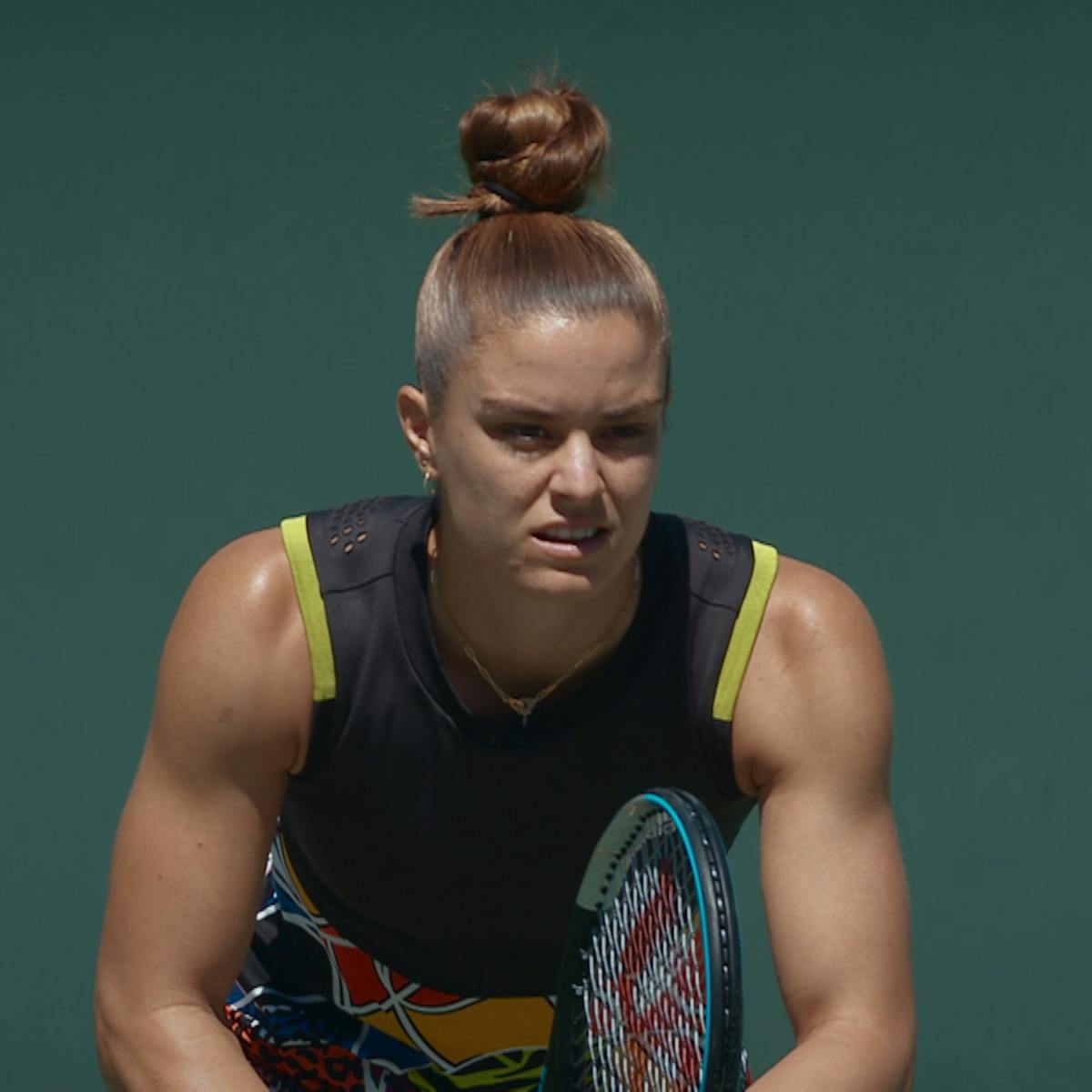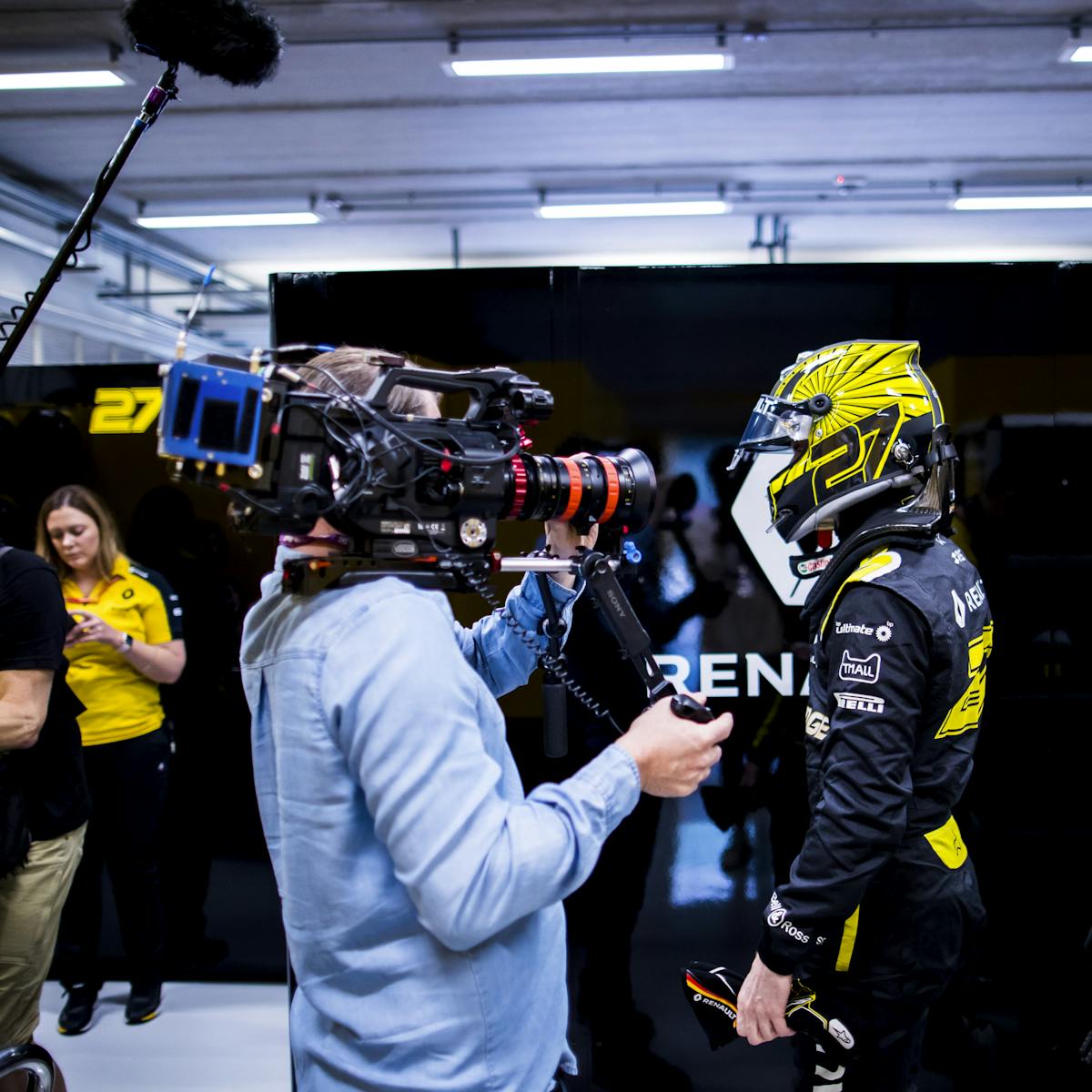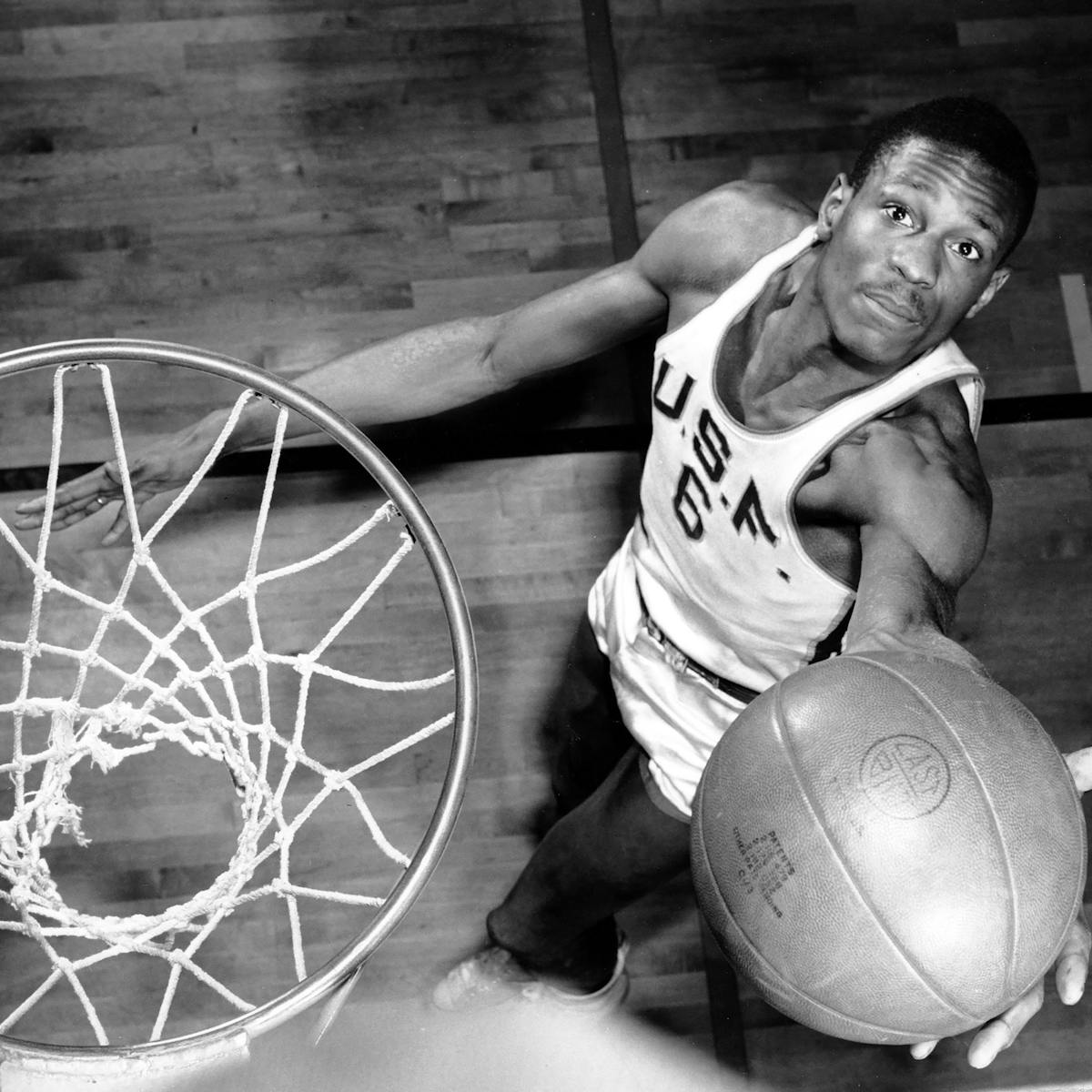At the heart of Paul Martin and James Gay-Rees’s globally beloved series (Formula 1: Drive to Survive, Full Swing, Break Point) is undying sports fandom.
One of the world’s greatest unifiers is sports. Whether you’re watching a game at your local pub, in your living room, or in the arena, for those few hours nothing matters more than cheering on your team and the collective joy that comes from a win — or the anguish of a tough loss. Regardless of the outcome, sports offer us memories that we carry with us throughout our lives.
There might not be anyone better at documenting landmark sports moments than James Gay-Rees and Paul Martin of London’s Emmy-winning Box to Box Films. Thanks to the success of their series Formula 1: Drive to Survive and the company’s penchant for creating compelling, narrative-driven sports content, Box to Box has gone from niche upstart to one of the most sought-out production companies in the sports world.
“It’s busy, but there are worse things in the world than going to golf tournaments, tennis matches, and Formula 1 events,” Martin says. “I’m a massive sports fan, and I enjoy being around these worlds and kind of being a part of them. Nothing lasts forever. I’m always petrified that if I stop and take a break, it’ll never come back. I’m just going to keep on rolling, keep enjoying it, and not think too much about rest.”
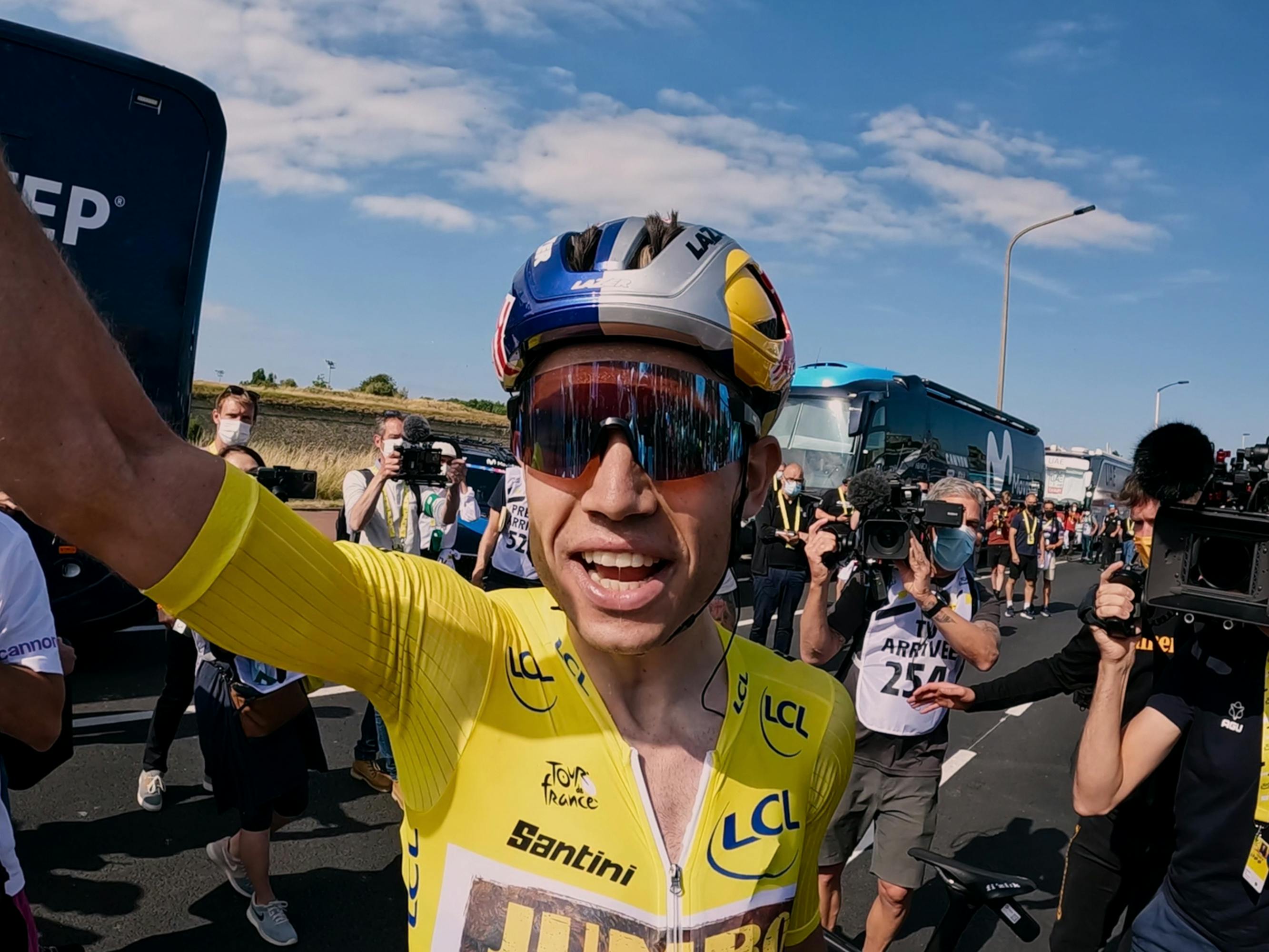
Both Martin and Gay-Rees are passionate sports enthusiasts themselves, fans of Premier League football (Gay-Rees supports Liverpool; Martin, Southampton). Their love extends to the major North American leagues, and they can talk for hours about their favorite athletes and teams. “I love the drama of sports,” says Gay-Rees. “[I’m] just so emotionally invested that I cannot not go all in on it.”
The pair met when Gay-Rees was co-directing 2015’s Oscar-winning Amy Winehouse documentary Amy with director Asif Kapadia. Aspiring documentary producer Martin brought the idea of a documentary centered on Argentine fútbol legend Diego Maradona to them but was told it would have to wait until Amy was completed. Martin went on to work on the 2015 documentary Ronaldo about Portuguese soccer phenom Cristiano Ronaldo, which Gay-Rees and Kapadia executive-produced. The following year, Martin and Gay-Rees founded Box to Box.
Everything would accelerate for the company when Drive to Survive was released in 2019. The 10-part first season of the docuseries follows the 2018 F1 season, pulling the curtain back on the billion-dollar racing business and giving viewers access to the challenges and personal lives of some of the top drivers, owners, and figures within the sport. “I think, truthfully, when Drive to Survive landed in the way that it landed with Netflix, we knew it was big,” Gay-Rees says. “The Netflix team was saying, ‘It’s going to be a big deal. We had no idea how big it was going to be. When that landed, we thought we might make a few more of these because we were onto something. Then the phone started to ring from other leagues.”
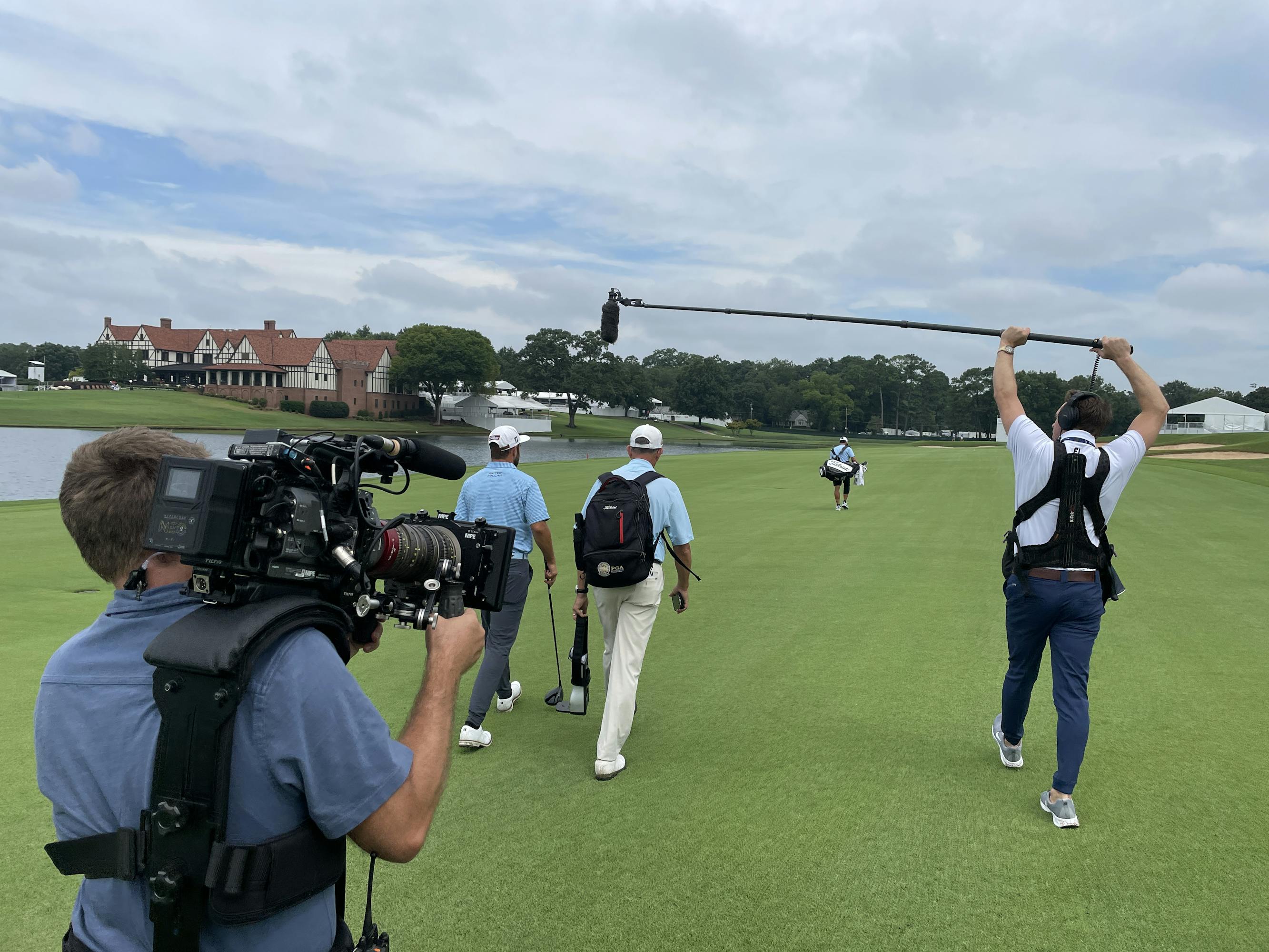
Box to Box’s storytelling formula even resonates with viewers who are not fully invested in sports, which is largely due to the production company’s unprecedented access. Box to Box didn’t have to negotiate or haggle over access with the Association of Tennis Professionals or the Women’s Tennis Association when making Break Point, nor with the Professional Golfers’ Association of America for Full Swing, even though these associations have traditionally been very guarded. Similarly to Drive to Survive with Formula 1, Break Point and Full Swing were created to give viewers behind-the-scenes looks into the professional ranks of golf and tennis. “Drive to Survive has become a great calling card for us,” Martin says. “It gets us in the door, but that’s when the hard work starts, and you have to very quickly make people believe in what you’re trying to do and you have to make them want to be part of that journey. Otherwise, there’s no point.”
The filmmakers had worked hard to win the trust of the racers they were chronicling in the first season of Drive to Survive, and they developed open relationships with the golfers and tennis players that appeared in their more recent documentaries — onscreen, stars such as Rory McIlroy and Nick Kyrgios are unguarded in a way you rarely see from athletes in solo sports. It’s not easy getting millionaire athletes, who are pulled in various directions throughout their respective seasons, to sit and open up in a way that makes viewers understand that they too are just humans.
“Until you’re around the athletes, you don’t really understand what it’s all about,” Gay-Rees said. “Not just filming them, but also observing their world. After that, you understand what it’s about, what the pecking order is, what they’re worried about, what their hopes and dreams are, and what the regulations are. Obviously, Paul and I do that together but in the beginning, we just drop in and observe. You get a sense of things quite quickly.”
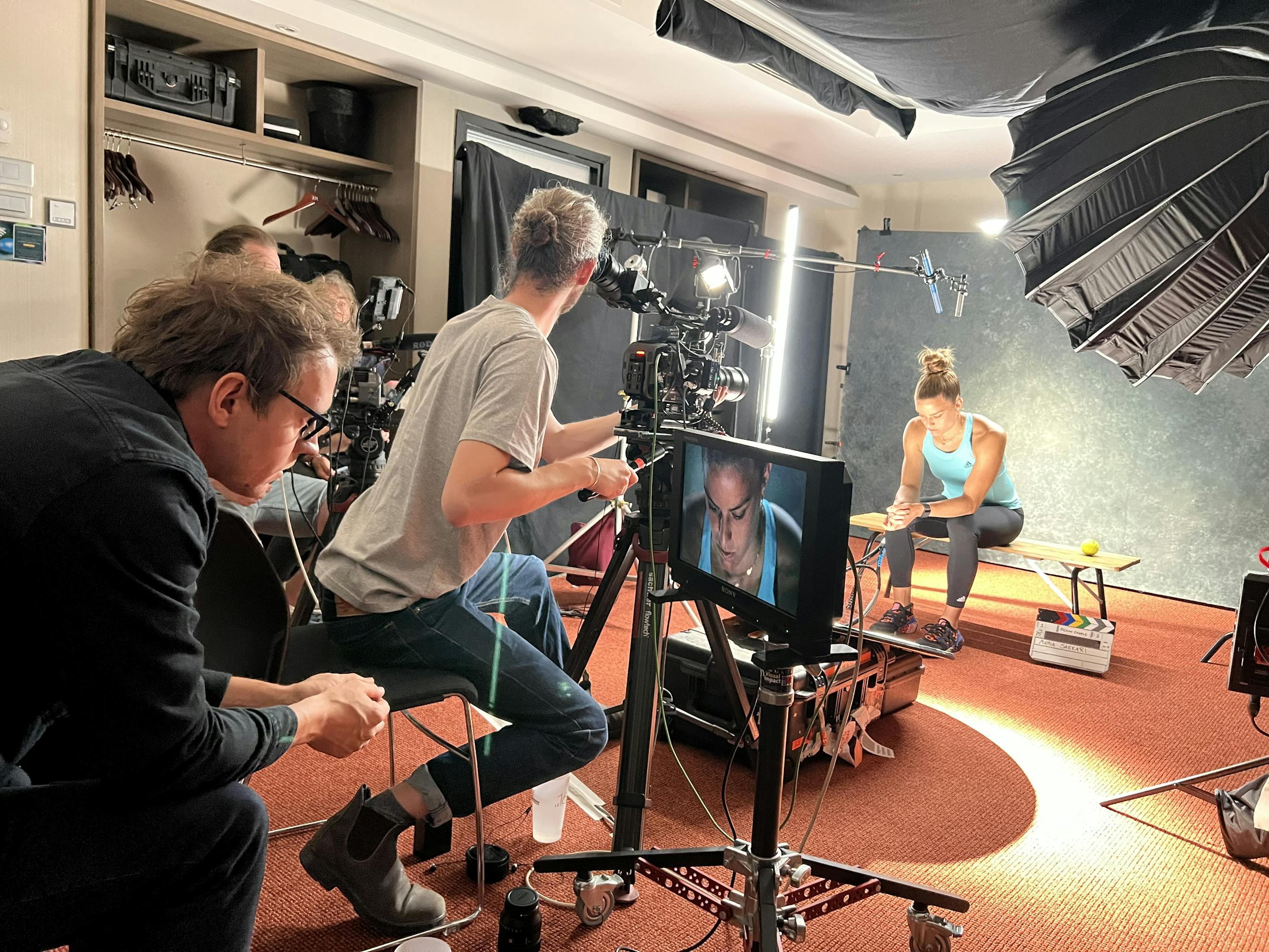
With both being so emotionally invested in sports, it can be difficult for Martin and Gay-Rees to maintain professionalism when something monumental happens. During the making of Drive to Survive’s second season, Martin found himself especially moved by Pierre Gasly’s experiences. The documentarians had chronicled Gasly’s struggles on Red Bull’s team earlier in the season — having lost his seat on that team, Gasly returned to the track to race for Red Bull’s sister team, Scuderia Toro Rosso, only to have his childhood friend Anthoine Hubert lose his life in a Formula 2 crash the weekend of that comeback. Remarkably, he made a surprise podium finish.
“Our whole team was literally running down the paddock with tears in our eyes,” Martin said. “When you spend time with these athletes, you know how much it means, and it inevitably means more to you. And I guess that’s what we’re trying to do with these shows. If I can make people feel how I felt in the moment, then that’s when it’s successful.”
“We’re just a good team,” says Gay-Rees. “[Paul] is great at being on the ground and managing talent and player agents, and he’s brilliant at keeping people on point. I’m kind of slightly more behind the scenes with the edits or the [financing]. We have very complementary skill sets.”
Sports dominate their current focus, with the cycling series Tour de France: Unchained released in June and a series on the rugby Six Nations Championship in the works, but Martin and Gay-Rees are always looking for unique stories outside of that realm. The conversation of dream project is one Martin and Gay-Rees have often, and the subject of those talks usually ends up being one of the most polarizing and complex sports figures in recent memory.
“I think we’ve always felt that Mike Tyson would be that story,” Martin says of a Box to Box dream project. “Although it’s been told many times, it still feels like there’s a really great version of that story from birth to where Mike is now that we feel, with our filmmaking skillset, we would knock out of the park.”
